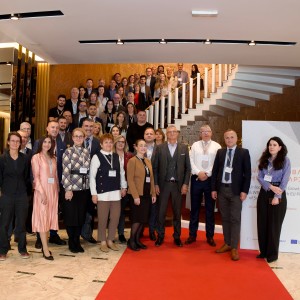News
29 January 2021 |News
Recovering from COVID-19: How and With Whom?

Secretary General of the Regional Cooperation Council Majlinda Bregu (Photo: RCC/Armand Habazaj)
OBSERVING the Western Balkans through Employment Observatory
Article by Majlinda Bregu, Secretary General of the Regional Cooperation Council (RCC)
There are days our mind moves freely from one idea to another, but at other times, like the ones we are living through, I bet it keeps coming back to the same question: when is this pandemic going to end and what is really needed to avoid the collapse?!
We can begin to answer this simply by looking at media’s reporting on this Covid 19 crisis. Declaring a potential catastrophe at hand or the silver lining of hope that soon two doses of vaccine will find their way to us.
Or we can start to look forward, to think about next steps and be better equipped with data by looking at where we are. This is the main idea behind the Observatory on Employment in the Western Balkans, we are officially launching today, to track the effects of the COVID-19 pandemic on labour markets across the region but also to show trends in labour market across economies.
Having this in mind, we at the Regional Cooperation Council (RCC), our Employment and Social Affairs Platform 2 (ESAP 2) project to be more specific, prepared Observatory on employment in the Western Balkans.
Yes. Observatory is not something you never heard of before. However, this is the first one of its kind. An online platform that compiles and presents labour market data gathered from official sources in each of the six Western Balkan economies.
Today, as we launch it, the Observatory shows us that at the outset of the crisis, in March, 2020, the total registered stock of unemployed in the region stood at around 1.22 million citizens, and by November it reached almost 1.4 million, meaning that almost 177,000 citizens registered as unemployed with Public Employment Services. This is some 14.5% increase in total stock of the registered unemployed in the Western Balkans in this 9 month-period. Why?
Here analysts, CSOs, academics, business community etc., can uncover further.
As the crisis unfolded, with adapted containment measures and government response measures, the Observatory shows us that monthly changes in the newly registered unemployed in most economies were not as pronounced. However, these total figures for Western Balkan economies “hide” important differences, as in some economies there has been even a decrease, albeit small, in the stock of the registered unemployed in this period, while in others this increase has been much higher than the regional figures suggest. Equally important, these figures do not capture the losses in hours worked, the losses in pay, and also do not capture fully the changes in the informal sector and activity rates, which we know are very relevant for all Western Balkan economies. To illustrate, we’ll mention the case of Nina that we know (who, fearing for her job, doesn’t want her details to be public). You wouldn’t find her among “the unemployed” in the Observatory, although her income was cut to half due to lockdowns which affected her business and working hours severely. And with baby on the way, it is harsh for Nina.
To sum up, notwithstanding differences across economies, it is clear that jobs have been heavily impacted and that COVID has accentuated WB structural labour market challenges. Even if these effects were reversed today to the pre-COVID times, we would still be in unfavourable position with the informal sector employment ranging from estimates of 18% to as high as 30% in WB economies, low youth employment, high inactivity rates, present inequalities, etc.
- The current Covid-19 pandemic has accentuated many of these challenges. The health of particular groups of citizens has suffered disproportionately. Economic activity in many sectors has stalled. Micro businesses and individual workers in vulnerable jobs are more affected. Labour market duality has likely widened (public, formal employment seem to be more protected than private, informal, vulnerable jobs). The latest data show that since March 2020, there has been an increase of around 14% in registered stock of unemployment in our region, while for youth that increase has been around 27%.
- Prior to the pandemic, almost two-thirds of working-age women in the Western Balkans were either unemployed or outside the labour force. Female labour force participation rate is at around 45 percent.
WITH WHOM?
For the Western Balkans economies, working-age population (15-64 years) has continued to shrink, and this is a trend driven by population aging and emigration. Some of the negative effects of emigration and ‘brain drain’ phenomenon that makes our region infamous include: reduction of the stock of human capital, labour/skills shortage, reduced capacity to innovate and adopt more advanced technologies, labour market changes, fiscal consequences, market-size (e.g. reduction of consumption), reduced economic growth, reduced productivity, higher costs of public goods, and the loss of investment in human capital formation.
So, HOW do Western Balkan economies recover from their structural weaknesses multiplied by negative effects of the socio-economic impact of Covid-19? The answer is not simple. This crisis is dangerously unique. The policy responses have to be unique too.
Common Regional Market (CRM), developed by the RCC together with our partners in the region and the EU, might be a good instrument. One of the potential benefits of the CRM is that it could bring an additional 6.7% of GDP growth to the region. In reality, this means more and better jobs for our people.
The task ahead is difficult but feasible, and the time to ACT is NOW, while we have enough human capital to count on, talent, energy and enthusiasm to make this vision a reality.
Going back to the beginning, ESAP’s Observatory on employment is here to provide the labour market data on monthly, quarterly and annual basis across WB economies and at the regional level. Working with our partners, we will expand the data we collect and disaggregate based on gender, age and education, revealing important trends across economies. The goal of both the CRM and SEE 2030 is to make the numbers of unemployed fall, gender inequalities diminish, education levels grow and the age base get younger. So, let’s OBSERVE, LEARN and ACT on it, TOGETHER!
****
Employment and Social Affairs Platform (ESAP 2) is a regional project that aims to improve employment opportunities and working conditions of women and men in the Western Balkans. The project is financed by the EU and implemented jointly by the Regional Cooperation Council (RCC) and International Labour Organisation (ILO). ESAP 2 is a continuation of the original ESAP project implemented in the region from 2016 to 2019 and aims to build on its achievements. The main beneficiaries of the RCC’s portion of the project are the Ministries of Labour and Social Affairs and the Public Employment Services of the six Western Balkan economies. The project also partners with Labour and Social Affairs counterparts in the European Union (EU).





